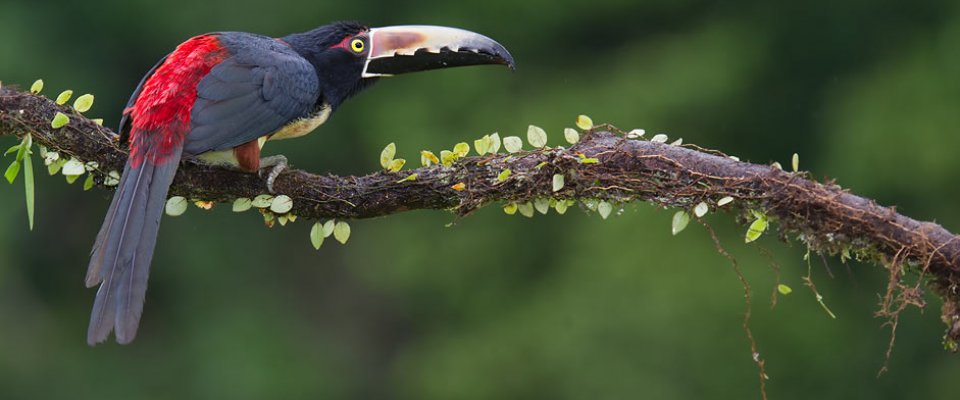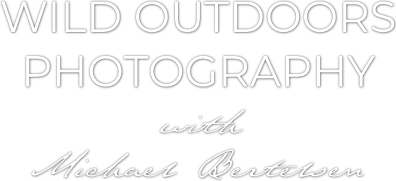Great Tips And Products That Make Your Life Easier & More Enjoyable In The Field.
- Jobu Gimbal Heads » www.jobu-design.com
My Jobu Pro easily supports my 600mm f4. It works flawlessly in all conditions, from the brutal cold of the Arctic to the unbearable heat in the tropics. Full ball bearing support in tilt and panning axis with no friction. 100% smooth movement. Soft-touch rubberized knobs for better use with bare or gloved hands, especially when wet. Powder-coat paint in non-glare black for better scratch resistance. SAVE 10% on your purchase at the Jobu store just by using the coupon code " MOOSE " - Getting Sharp Images With A Long Lens
Proper technique while on a tripod or monopod is very important. First off, make sure the lens collar is snugged down. Then rest your hand on the lens in front of the focus ring. Now press your cheekbone against the camera body. This will dampen vibrations caused by the mirror flipping out of the way and the shutter being released. This technique has worked very well for me to minimize or eliminate any vibration. Practice this in your back yard so that when the time comes, you will not have to think, it will come naturally. - Blown Highlights
When the loon stretches its wings and exposes it's bright white belly you will most likely blow your high lights. This is less likely to happen if you are already stopped down a third or more than you normally need. This pose is best taken on overcast days when the light is filtered. - Storm Jacket » www.stormjacket.com
You will need a garbage bag to protect your camera bag and its contents from rain. To protect your camera from the rain you should bring several bags. Branches or running 30mph in my boat can tear the bags apart. A better solution is a Storm Jacket. It will protect your camera from scratches and weather. - To Zoom Or Not To Zoom
If can only afford one telephoto lens for wildlife, what should I get ? People ask me this question all the time. If you only have one camera body and can only afford one long lens for wildlife, then a zoom lens that goes to 500mm or 600mm is your best choice. Nikon's new mirrorless 180-600mm f5.6 has a fantastic reputation. - Making Better Images
When photographing wildlife or just about anything, you must always keep your background in mind. A simple step or two the left or right can remove a distracting white birch or rock. Kneeling down could remove a dark branch or standing on your toes could remove a white sky as seen here in these two images. The same bird in the exact same spot (note the marks on the branch) but I moved over 5 feet to the left and stood as high as I could to capture the more pleasing background.(top).
- Shutter Speed For Moose
My bare minimum shutter speed for early morning moose is 1/200 sec but I feel more confident at 1/400 sec. As the day brightens I will start moving my shutter speed up unto I hit 1/1500 Remember if the moose is on the move 1/500 sec is the minimum needed. - Shutter Speeds for Loons
The early morning light anywhere except on snow is always a tough time to gather enough light for sufficient shutter speeds. Loon photography is no different. 1/200 sec is enough to capture early morning images but as the day continues and becomes brighter I will adjust my shutter speed to 1/2000 sec.

